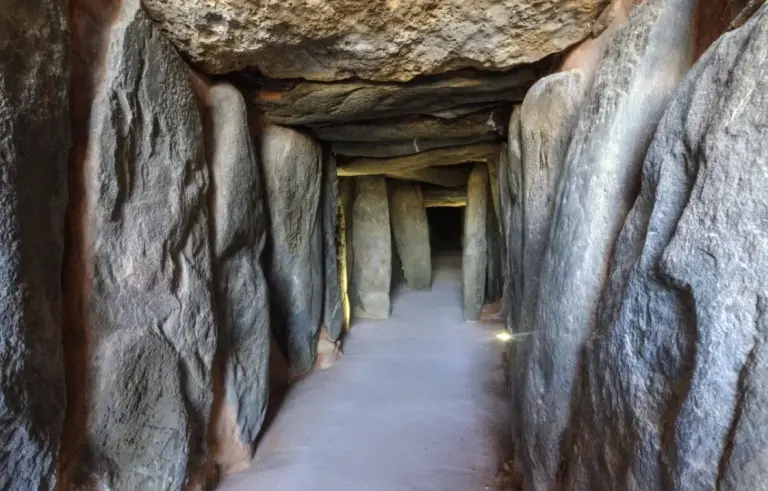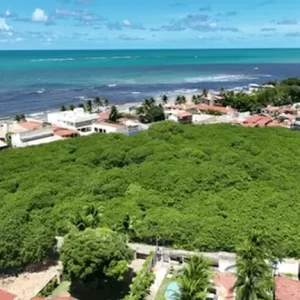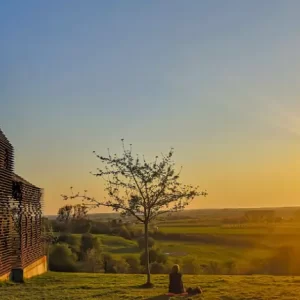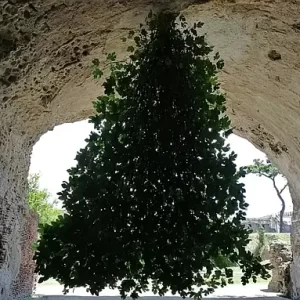Dolmen of Soto: A Gateway to the Past
Are you ready to embark on a journey through history? Nestled in Trigueros, Andalusia, the Dolmen of Soto is a must-visit destination. This ancient structure is one of over 200 ceremonial burial sites in Huelva province, yet it stands out due to its impressive scale and the enigmatic carvings etched into its stones.
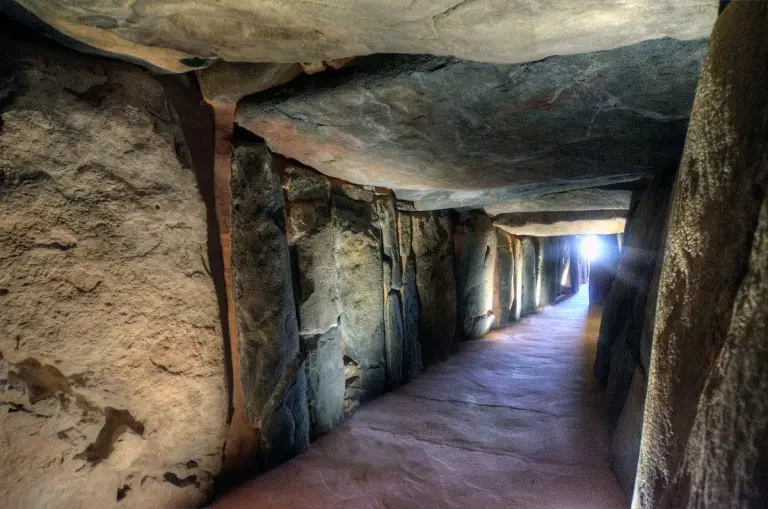
Built between 4,500 and 5,000 years ago, the dolmen is a timeless testament to human ingenuity. It consists of a circular earthen mound with a long corridor leading to a central chamber. Archaeologists have uncovered eight skeletons and numerous artifacts, including bowls, cups, daggers, fossils, and grave goods. However, the most captivating feature is the mysterious carvings and drawings on the stones—depicting human figures, tools, and geometric symbols.
Mysterious Origins and Unique Artistic Expression
The Dolmen of Soto was not merely a burial site but also a symbol of ancient beliefs and customs. The intricate carvings on the stone pillars hint at spiritual concepts surrounding the cycle of life and death and transitions between worlds.
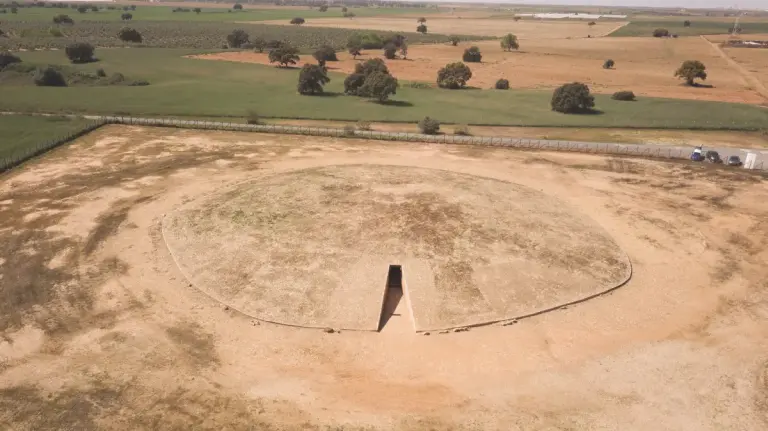
Some of the stones were repurposed menhirs, monuments even older than the dolmen itself. Red ochre pigments discovered on the carvings suggest they may have been highlighted for visual or spiritual significance.
Recent research by archaeologists from Spain, the UK, and Portugal reveals that over 60% of the stone pillars within the dolmen bear designs. Using Raman spectroscopy, they revived faded imagery, uncovering motifs such as circles, cup marks, human figures, and daggers. These elements are not only aesthetically significant but also reflect societal shifts in the Neolithic era, especially with the advent of copper and bronze.
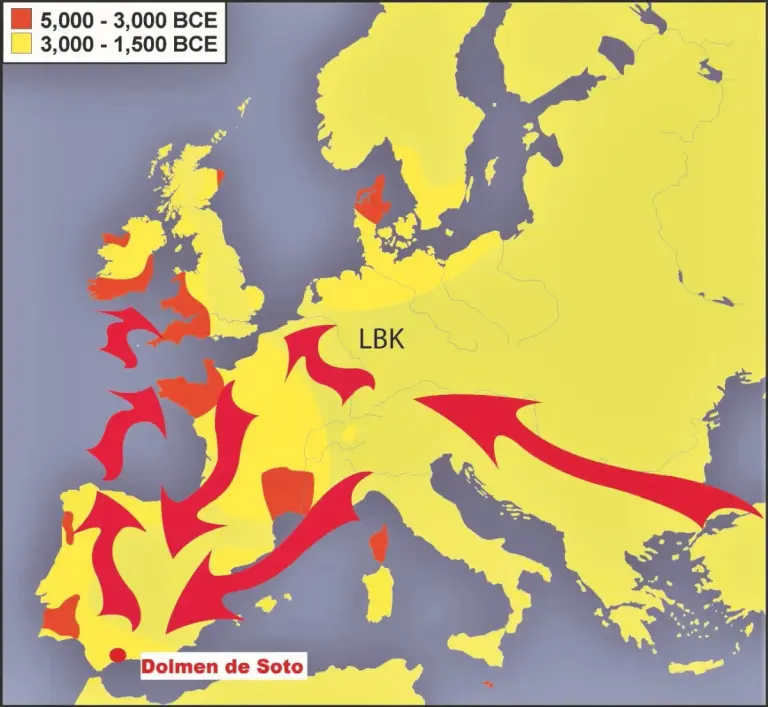
Mystical Light During the Equinox
What sets the Dolmen of Soto apart is the spectacular light phenomenon during the equinox. As the sun rises, its rays pierce through the dolmen, illuminating the passageway and central chamber for a few fleeting minutes. This breathtaking event underscores the dolmen’s deep connection to celestial cycles and the ancient builders’ understanding of astronomy.
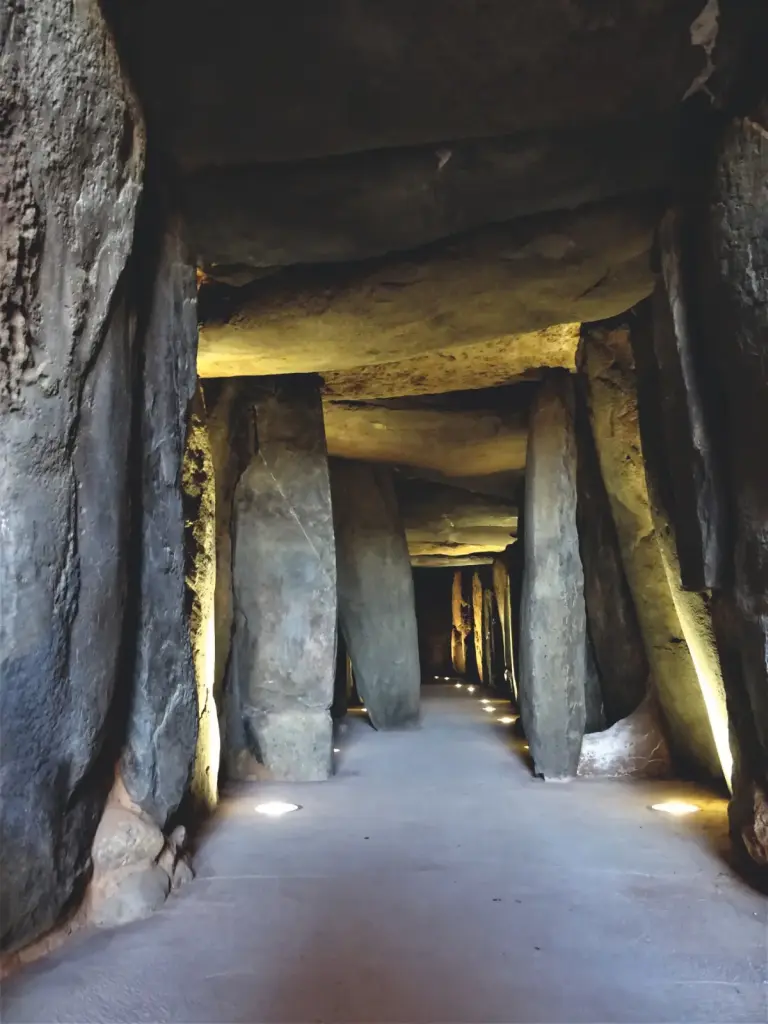
The Dolmen’s Tale Through Time
The Dolmen of Soto was discovered in 1923 when local landowner Armando de Soto Morillas was building on the site. Recognizing its uniqueness, he invited German archaeologist Hugo Obermaier to excavate the area. The result was one of Europe’s most significant Neolithic discoveries.
Among Andalusia’s 1,650 dolmens, the Dolmen of Soto is distinct due to its isolated location, contrasting with the clustered patterns typical of other sites.
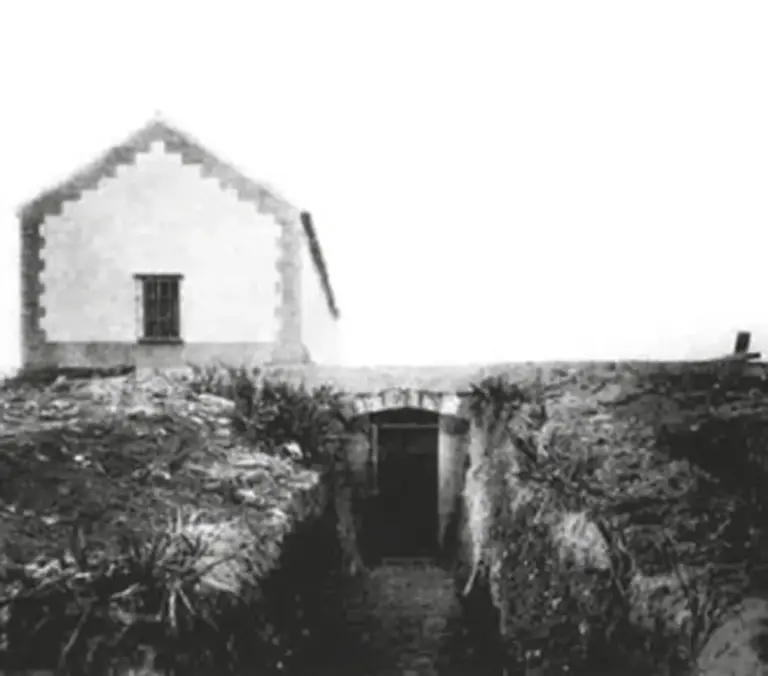
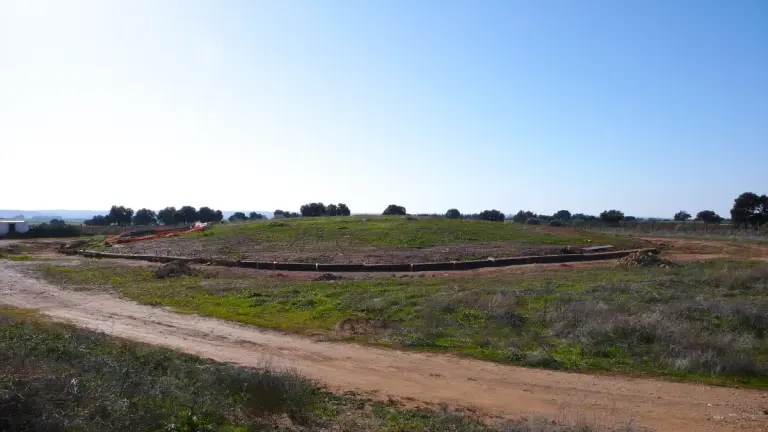
Exploring the Dolmen of Soto Today
Visitors can easily explore the Dolmen of Soto, starting from the western entrance of the earthen mound, which leads into a 21-meter-long corridor. The passage narrows from 0.8 meters at the entrance to 3.1 meters in the circular central chamber, which soars to a height of approximately 3.9 meters. The dolmen’s roof is supported by 20 massive stone slabs, creating a grand and awe-inspiring interior.
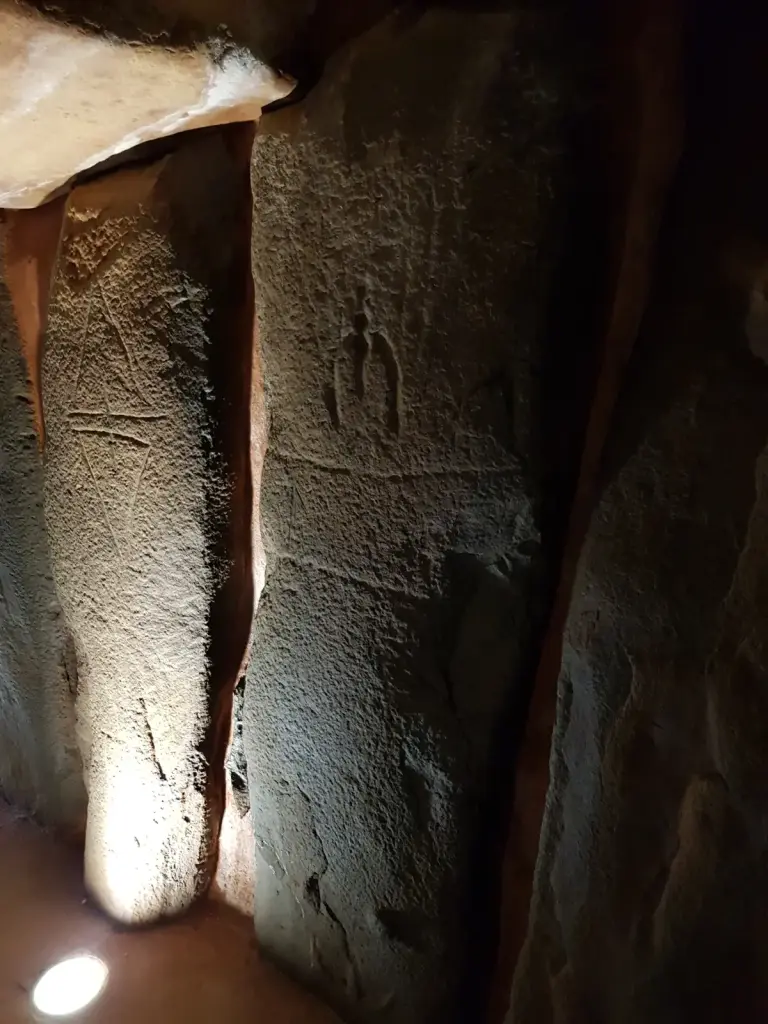
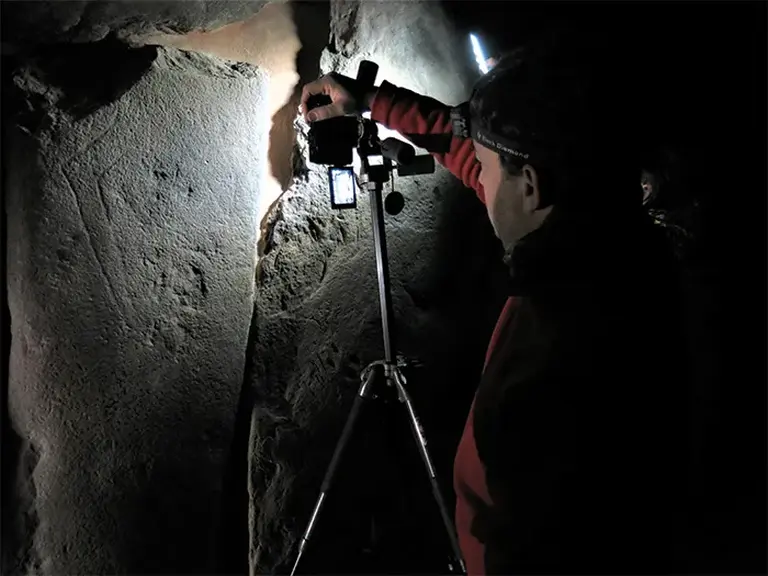
Don’t miss visiting the Dolmen of Soto during the spring or autumn equinox to witness the unique light phenomenon—a once-in-a-lifetime experience.
Step Through Time at the Dolmen of Soto
The Dolmen of Soto offers a captivating 5,000-year-old story where humanity and nature converge in a masterpiece of timeless ingenuity. This site invites you to step into a bygone era and immerse yourself in a narrative that transcends centuries.
